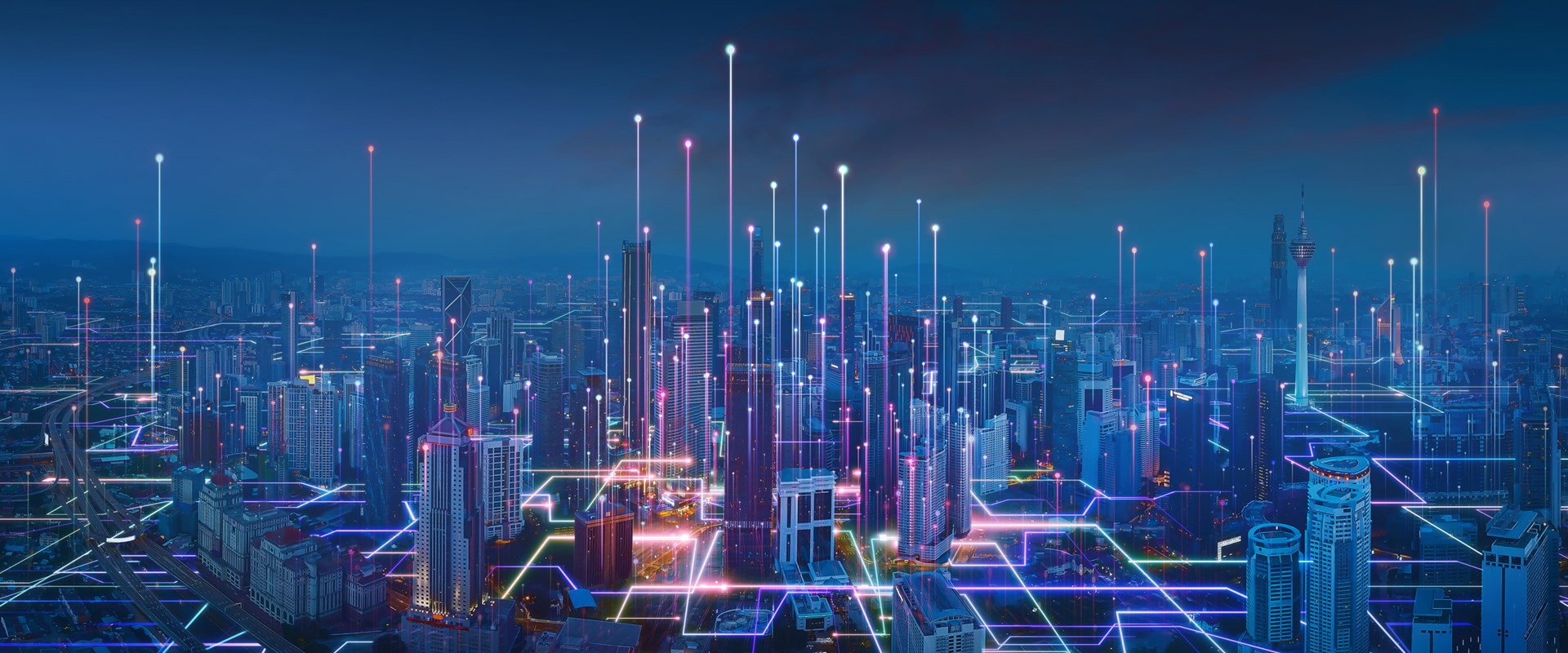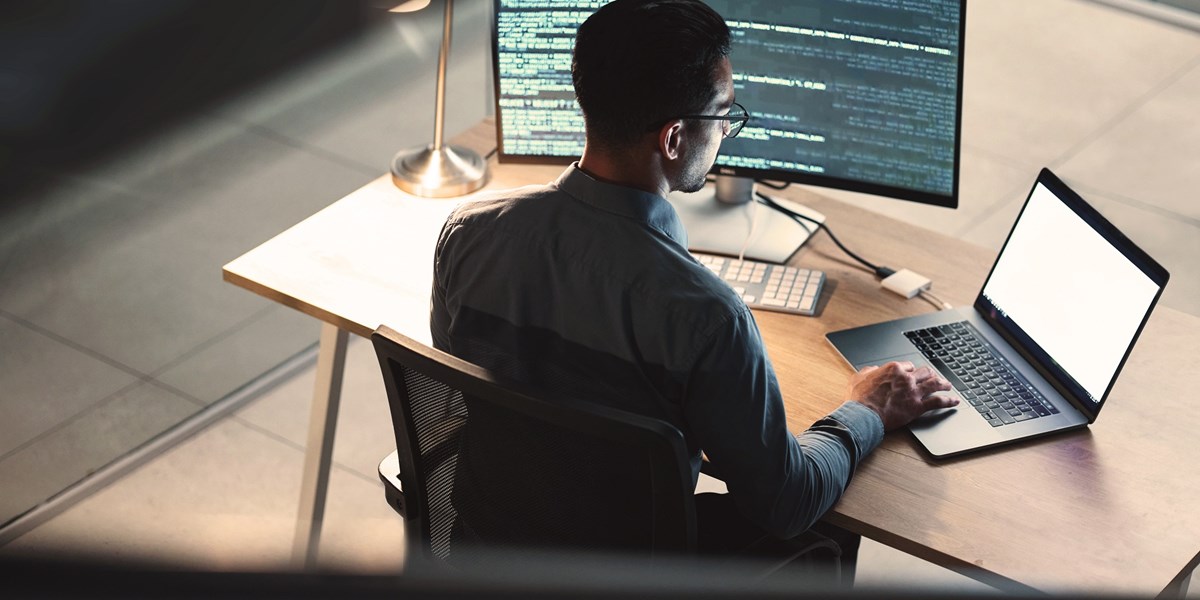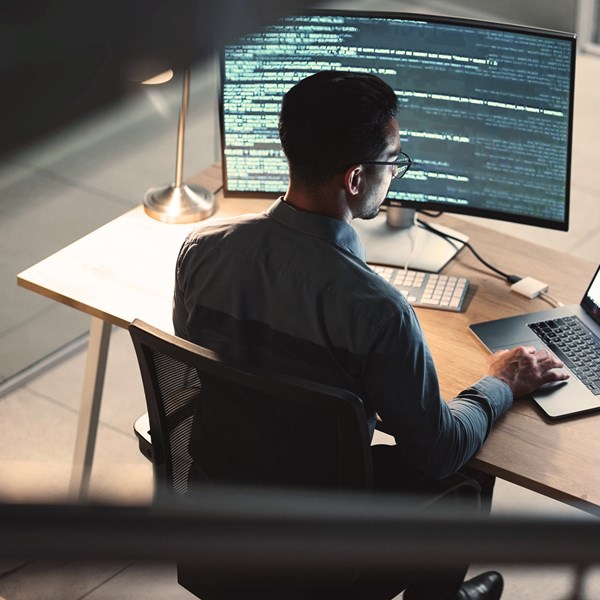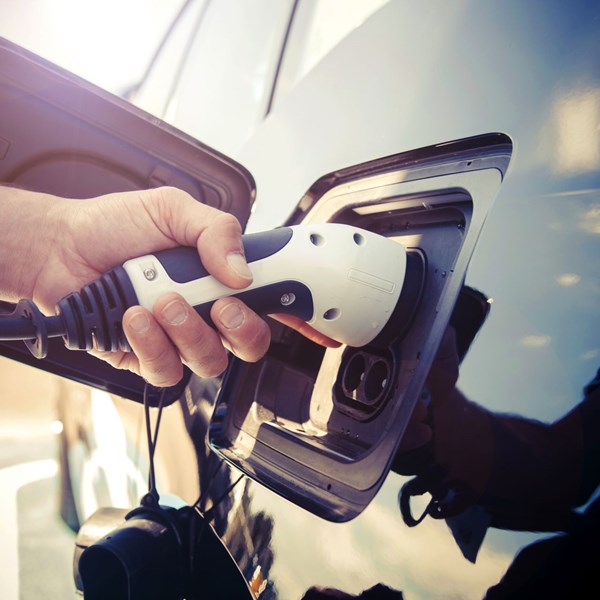The range of technologies incorporated into IoT devices make protecting them a strategic process of balancing technical and business-specific decisions, which leads us to the question that all IoT-focused businesses should be asking: what are the intellectual property considerations when it comes to IoT innovations?
IoT technology continues to gather pace, with a projected 27 billion IoT devices connected by year 2025. By then, IoT technology is also expected to have a global economic impact hitting several trillions of dollars, with applications spanning healthcare devices, autonomous vehicles, wearable tech, digital twinning, security, and traffic monitoring, to name just a few.
This market growth has, unsurprisingly, prompted some of the world’s biggest companies to protect their IoT innovation, with the likes of Samsung, LG, Sony, Nokia, and Huawei contributing significantly to their patent portfolios for IoT related technology in recent years.
KEY PATENT & IP CONSIDERATIONS FOR IoT INNOVATION
Inventions in the IoT field may relate to hardware (physical devices), software (“computer-implemented” inventions), methods of operation, methods of communication, distributed systems, or a combination of these aspects. A patent application may contain independent claims directed to a number of these types, so long as they are interrelated by a single inventive concept.
The decision on the type of claims to cover will depend on the aims of the business. A cloud-based SAAS provider may focus on software-style claims that cover communication between an IoT device and a remote server.
A device manufacturer would benefit from apparatus claims covering the IoT device and its components, or method claims to cover the way the device functions.
A software company may benefit from computer-implemented method related claims, particularly if the software is generally applicable across multiple industries since this provides licensing opportunities.
For example, January 2023 saw the start of a new cross-licensing deal between Nokia and Samsung relating to 5G patents, replacing their previous agreement. This will see Nokia benefit from their 5G patents, including their Standard Essential Patents (SEPs), in the form of royalty payments made by Samsung for years to come. Further information on software licensing can be found in our multi-part series.
The patenting of software is an increasing trend at both the UK IPO and the EPO. EPO Guidelines G-II, 3.6 state:
“Computer programs are excluded from patentability under Art. 52(2)(c) and (3) if claimed as such.”
Similarly, the UK IPO considers “a program for a computer” to be subject matter that is excluded from patentability if the application for the patent is directed to the computer program as such.
These final two words allow computer-implemented methods to be patented, provided it can be shown that the invention has a technical character by producing an inventive further technical effect/contribution going beyond the “normal” interactions between software and hardware.
The EPO Guidelines provide examples on what may constitute a further technical effect:
“For example, a computer program which specifies a method of controlling an anti-lock braking system in a car, determining emissions by an X-ray device, compressing video, restoring a distorted digital image, or encrypting electronic communications brings about a further technical effect when it is run on a computer.”
These requirements mean that the drafting process for patent applications relating to Internet of Things, particularly those directed to software-based innovations, should involve clearly emphasising the technical effects achieved by the invention.
The UK IPO has also caught on to the trend of artificial intelligence related inventions. In particular, guidance published in September 2022 provided examination scenarios outlining examples of accepted technical effects of artificial intelligence inventions, giving patent applicants and their representatives more certainty in what was previously a very murky field for GB patenting.
Potter Clarkson’s specialist electronics and communications team includes a number of attorneys with extensive experience in telecoms, software, and AI inventions. If we can help you with an issue relating to the protection and commercialisation of innovation in any area of IoT, please get in touch.





